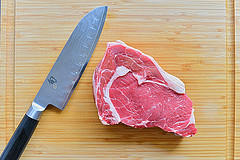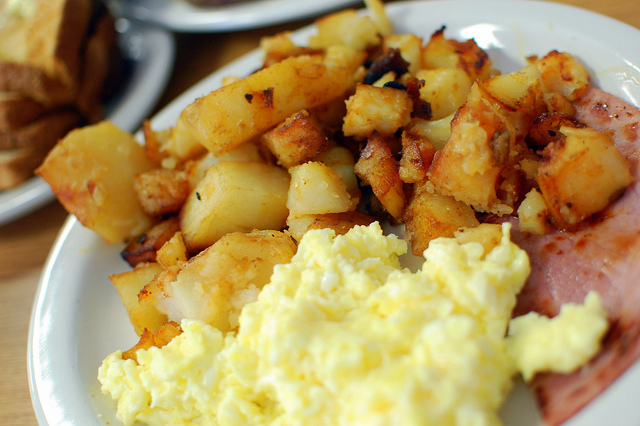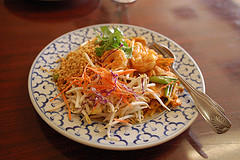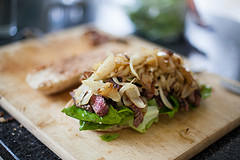As the days get longer and springtime (finally!) rolls around, you likely start to crave lighter meals made with bright, fresh ingredients. Retire your usual favorite spring recipes in favor of something new and exciting with these delicious dishes from around the web.
Grilled Artichokes [oprah.com]
Create a tasty side dish for chicken, steak, or fish with Oprah’s recipe for flavorful grilled artichokes. Grilling these layered veggies on a stovetop grill gives them a bit of a blackened taste, and the homemade dipping sauce that goes with them adds even more flavor.
Sautéed Fiddlehead Ferns [localfoods.about.com]
Fiddlehead ferns come into season during the spring, which makes this dish very fresh and delicious. This recipe also takes just 10 minutes to prepare and 10 minutes to cook, so it makes quite a quick last-minute side dish on busy weeknights.
Risotto With Prosciutto and Peas [realsimple.com]
If you’re looking for something heartier and more filling, this rich, creamy risotto recipe is the perfect choice come spring. Thin prosciutto adds a salty taste, while the sweet spring peas make it perfect for warmer weather. Cook the risotto in white wine and chicken broth to add a deep, complex flavor throughout, then serve it with your favorite grilled meats or as an entree with a fresh salad.












 Equal Housing Opportunity
Equal Housing Opportunity